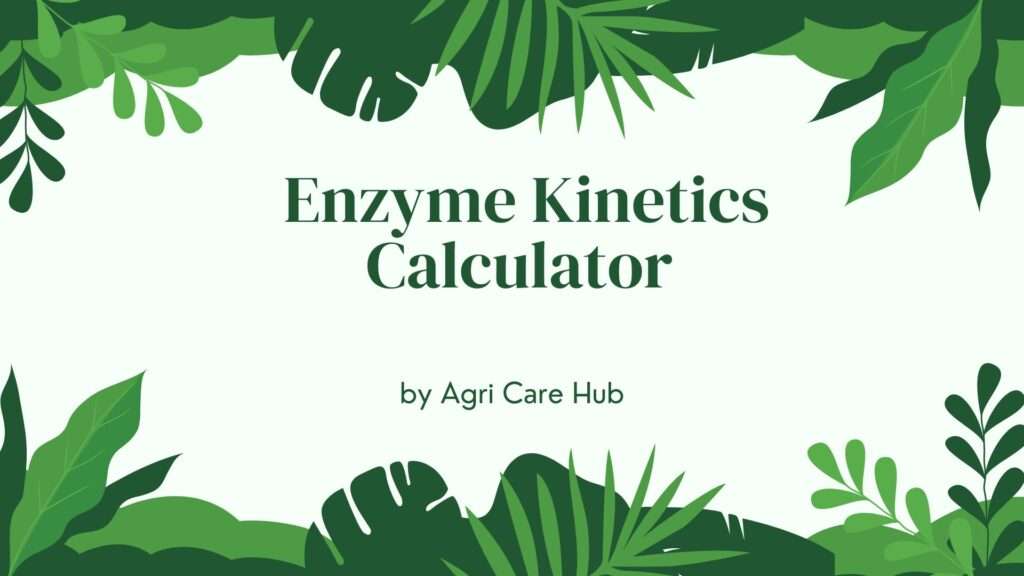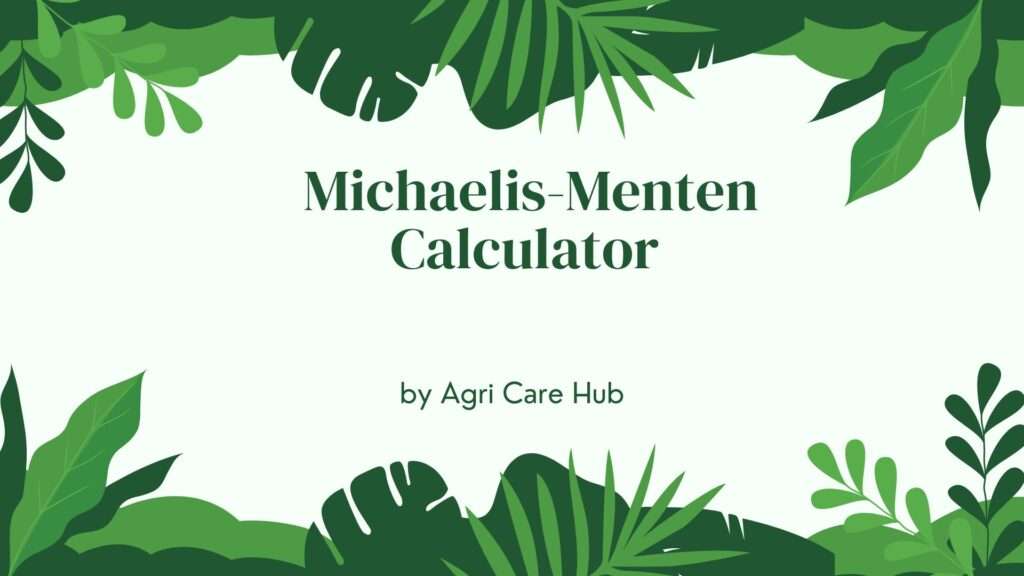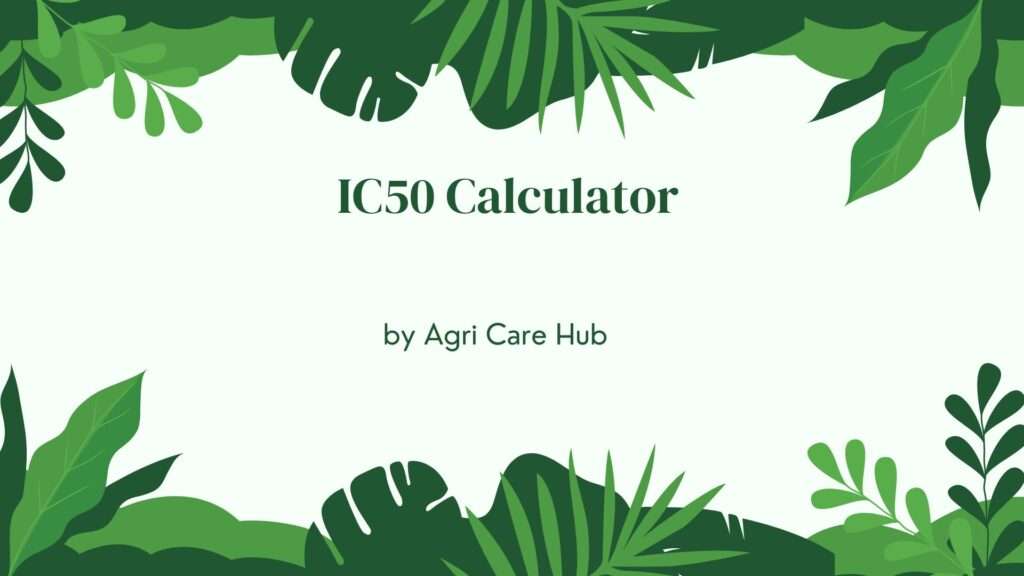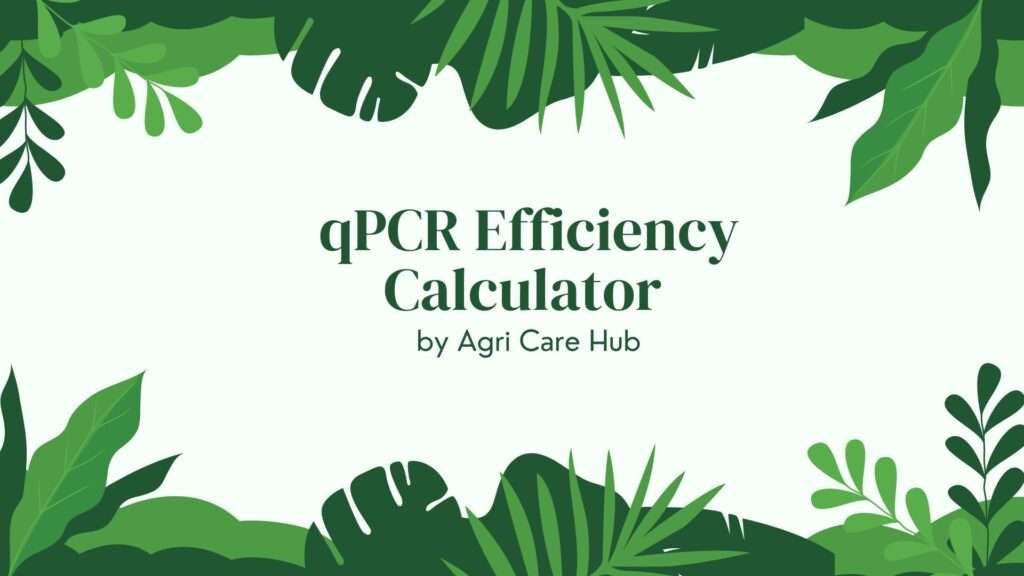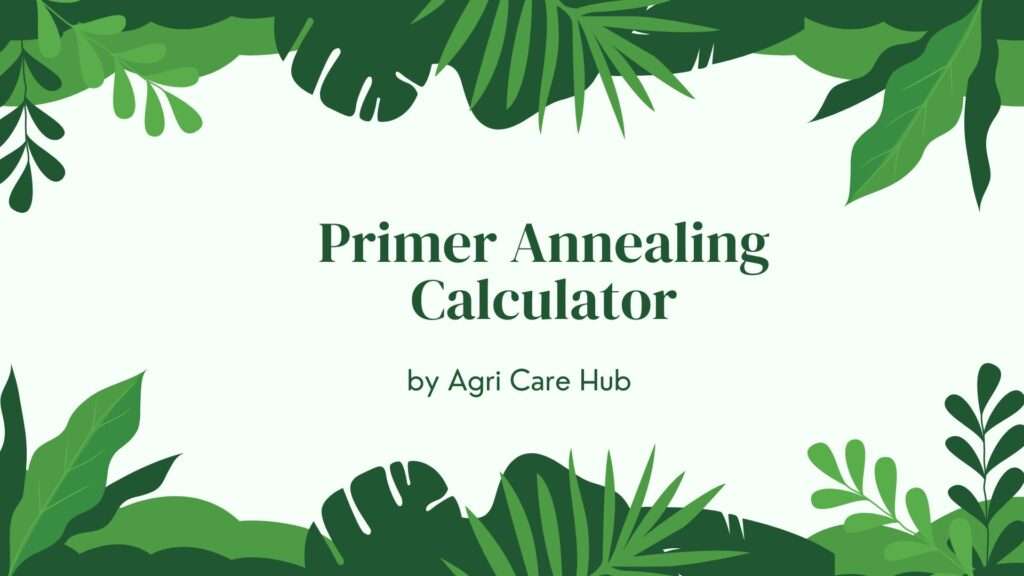Solubility Index Calculator
About the Solubility Index Calculator
The Solubility Index Calculator is a scientifically grounded tool designed to estimate the solubility of organic compounds in water using the general solubility equation developed by Yalkowsky et al. This calculator leverages the principles outlined in the Solubility Index to provide accurate predictions based on two key parameters: the octanol-water partition coefficient (Log P) and the melting point of the compound. By inputting these values, users can quickly determine the solubility index, expressed as log S, which indicates the logarithm of the molar solubility in water. This tool is invaluable for researchers, students, and professionals in chemistry, pharmaceuticals, and related fields who need reliable solubility predictions.
Importance of the Solubility Index Calculator
Solubility is a critical property in various scientific disciplines, including chemistry, biochemistry, pharmacology, and environmental science. The ability to predict how well a substance dissolves in a solvent like water is essential for applications such as drug development, environmental monitoring, and material science. The Solubility Index Calculator simplifies this process by providing a user-friendly interface to compute solubility based on established scientific formulas. Accurate solubility predictions can save time and resources in laboratory settings, optimize drug formulation processes, and enhance the understanding of chemical behavior in aqueous environments.
Why Use the Solubility Index Calculator?
The Solubility Index Calculator is particularly useful for professionals and researchers who need to assess the solubility of organic compounds without conducting extensive laboratory experiments. In pharmaceutical research, solubility is a key factor in determining a drug’s bioavailability and efficacy. Poorly soluble drugs may not dissolve adequately in the body, leading to reduced therapeutic effects. By using this calculator, researchers can screen potential drug candidates early in the development process, identifying compounds with favorable solubility profiles. Additionally, the tool is beneficial in agrochemical design, where solubility affects the efficacy and environmental impact of pesticides and fertilizers. For students, the calculator serves as an educational tool to understand the principles of solubility and its applications.
When to Use the Solubility Index Calculator
The Solubility Index Calculator should be used whenever there is a need to estimate the aqueous solubility of an organic compound. Specific scenarios include:
- Drug Development: To evaluate the solubility of potential drug candidates during lead optimization.
- Environmental Studies: To predict the solubility of pollutants or chemicals in water, aiding in environmental impact assessments.
- Chemical Synthesis: To select appropriate solvents for reactions based on solubility predictions.
- Educational Purposes: To demonstrate the relationship between molecular properties (Log P and melting point) and solubility in academic settings.
- Material Science: To assess the solubility of compounds used in coatings, polymers, or other materials.
By providing quick and accurate results, the calculator supports decision-making in these contexts, reducing the need for costly and time-consuming experiments.
Purpose of the Solubility Index Calculator
The primary purpose of the Solubility Index Calculator is to provide a reliable, scientifically validated method for predicting the solubility of organic compounds in water. The calculator uses the general solubility equation, which accounts for the hydrophobic nature of a compound (via Log P) and its crystalline stability (via melting point). This equation, rooted in thermodynamic principles, offers a robust framework for solubility prediction. The tool aims to bridge the gap between complex theoretical models and practical applications, making solubility data accessible to a wide range of users, from academic researchers to industry professionals.
User Guidelines for the Solubility Index Calculator
To use the Solubility Index Calculator effectively, follow these steps:
- Obtain Input Parameters: Determine the octanol-water partition coefficient (Log P) and the melting point (°C) of the compound. Log P values can often be found in chemical databases or calculated using software tools. Melting points are typically available in chemical literature or material safety data sheets.
- Enter Values: Input the Log P value and the melting point into the respective fields in the calculator. Ensure the values are accurate, as small errors can significantly affect the results.
- Calculate: Click the “Calculate Solubility Index” button to compute the solubility index (log S). The result will be displayed in a clear, readable format.
- Interpret Results: The output, log S, represents the logarithm of the molar solubility in water. A higher log S indicates greater solubility, while a lower (or negative) log S suggests poor solubility.
- Verify Inputs: If the results seem unexpected, double-check the input values for accuracy. Consult additional resources or experimental data if needed.
For best results, users should have a basic understanding of the chemical properties of the compound being analyzed. If you need assistance with finding Log P or melting point data, resources like Agri Care Hub offer valuable information on chemical properties and their applications in agriculture and related fields.
Scientific Basis of the Solubility Index Calculator
The Solubility Index Calculator is based on the general solubility equation proposed by Yalkowsky et al., as described in the provided document. The equation is:
log S = 0.5 - log P - 0.01 * (melting point - 25)
Where:
- log S: The logarithm of the molar solubility in water (mol/L).
- log P: The octanol-water partition coefficient, which measures a compound’s hydrophobicity.
- Melting Point: The temperature at which the compound transitions from solid to liquid, in °C.
This equation accounts for the thermodynamic factors influencing solubility, including the entropy of mixing and the enthalpy of fusion. The constant 0.5 reflects the assumption of complete miscibility in octanol, while the term -0.01 * (melting point - 25) adjusts for the energy required to overcome the crystalline lattice of the solid. This formula has been widely validated in pharmaceutical and chemical research for its accuracy in predicting aqueous solubility.
Applications of the Solubility Index Calculator
The Solubility Index Calculator has broad applications across multiple disciplines. In pharmaceuticals, it aids in the design of drugs with optimal solubility profiles, ensuring effective delivery and absorption in the body. In environmental science, it helps predict the behavior of pollutants in aquatic systems, informing strategies for pollution control and remediation. In agriculture, solubility data is crucial for developing effective pesticides and fertilizers, as highlighted by resources like Agri Care Hub. The calculator also supports academic research by providing a quick way to estimate solubility for theoretical studies or laboratory planning.
Limitations and Considerations
While the Solubility Index Calculator is a powerful tool, it has some limitations. The general solubility equation assumes ideal conditions and may not account for complex interactions such as ionization, complex formation, or non-ideal solution behavior. Users should verify results with experimental data when possible, especially for compounds with unusual chemical properties. Additionally, the accuracy of the calculator depends on the quality of the input data (Log P and melting point). For compounds with unknown or uncertain parameters, consulting chemical databases or conducting preliminary experiments is recommended.
Conclusion
The Solubility Index Calculator is an essential tool for anyone working with chemical compounds, offering a reliable and user-friendly way to predict aqueous solubility. By leveraging the scientifically validated Yalkowsky equation, it provides accurate results that support research, development, and education in chemistry and related fields. Whether you’re a researcher optimizing drug candidates, an environmental scientist studying pollutant behavior, or a student learning about solubility principles, this calculator is designed to meet your needs with precision and ease. Explore its applications and enhance your work with the insights provided by this powerful tool.


